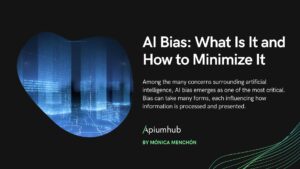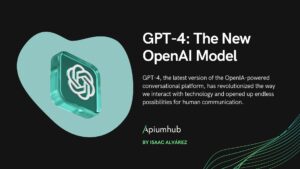Table of Contents
Datafication is a buzzword of the last several years, that is used actively in Big Data industry. Honestly, if you would search for the term ‘datafication’ on the internet you probably won’t find that much relative information about it, yet it is a word we are hearing a lot these days. However, after analyzing the topic itself, I could say that many of us understand the meaning of the term, but probably named it another way.
What is Datafication?
Datafication, according to MayerSchoenberger and Cukier is the transformation of social action into online quantified data, thus allowing for real-time tracking and predictive analysis. Simply said, it is about taking previously invisible processes/activity and turning it into data, that can be monitored, tracked, analyzed and optimised. The latest technologies we use have enabled lots of new ways of ‘datify’ our daily and basic activities.
To summarize, datafication is a technological trend turning many aspects of our lives into computerized data using processes to transform organizations into data-driven enterprises by converting this information into new forms of value.
Datafication refers to the fact that daily interactions of living things can be rendered into a data format and put to social use.
Examples
And there could be many examples of datification.
Let’s say social platforms, Facebook or Instagram, for example, collect and monitor data information of our friendships to market products and services to us and surveillance services to agencies which in turn changes our behavior; promotions that we daily see on socials are also the result of the monitored data. In this model, data is used to redefine how content is created by datafication being used to inform content rather than recommendation systems.
However, there are other industries where datafication process is actively used:
Insurance: Data used to update risk profile development and business models.
Banking: Data used to establish trustworthiness and the likelihood of a person paying back a loan.
Human resources: Data used to identify e.g. employees’ risk-taking profiles.
Hiring and recruitment: Data used to replace personality tests.
Social science research: Datafication replaces sampling techniques and restructures the manner in which social science research is performed.
Netflix Case
Netflix, an internet streaming media provider, is a bright example of datafication process. It provides services in more than 40 countries and 33 million streaming members. Originally, operations were more physical in nature with its core business in mail order-based disc rental (DVD and Blu-ray). Simply said, the operating model was that the subscriber creates and maintains the queue (an ordered list) of media content that they want to rent (for example, a movie). If you limit the total number of disks, the contents can be stored for a long time, as the subscriber wishes. However, to rent a new disk, the subscriber sends the previous one back to Netflix, which then forwards the next available disk to the subscribers queue. Thus, the business goal of the disk rental model is to help people fill their turn. The model has changed and now Netflix is actively transforming their service into a smart one, actively using datafication processes.
It’s noticeable that in all aspects of the streamlined implementation of the Netflix business, a gradual change occurs where the IT infrastructure and artifacts completely free media content from its physical manifestation; for example, a disk and its mail delivery. While streaming, subscribers can select videos before making a reservation, they can consume multiple videos in one session and observe viewing statistics to a much finer degree; and in real time, to a greater extent. Therefore, much more data is dematerialized in the streaming model. In addition, data sources have become diverse and diverse – including catalog data (more than 1000 facets are now associated with the title), search terms, streaming queues and games, interactions and external sources such as movie reviews and social data. Removing time and distance from the business model has increased the potential for interaction between the provider and the subscriber through dynamic personalization: by household, genre, etc. Explaining the content to promote trust, ranking, ranking and review and social influence resulting from the fact that associated friends watched or evaluated.
On a daily basis, Netflix’s dematerialization has about 30 million daily games and 3 million odd queries to inform about the dynamics of recommendations. What offers through dematerialization and a combination of liquidity has allowed an interesting manifestation of density due to the recent transition of Netflix from streaming content to its creation. Statistical analysis of user behaviour over the years has been used to inform content, not recommendations, introducing Netflix with an interesting intersection of the genre, actors and director. The result of this data crossing was their recent remake of the television series House of Cards, a political thriller.
Conclusion
As datafication becomes more common and the impact on peoples’ lives more widespread, the development of new frameworks for understanding is becoming increasingly necessary. In addition, datafication requires a significant re-assessment of several areas of an industry’s operation. Here I briefly outlined a few areas, including frameworks for understanding how value chains of data are emerging alongside traditional supply and value chains and several governance issues industries need to take into account and effectively implement datafication.
I enclose the main sources I used to write the article:
Big Data: A Revolution That Will Transform How We Live, Work, and Think by Viktor Mayer-Schönberge
The impact of datafication on strategic landscapes by Ericsson
Datafication, Dataism, and Dataveillance: Big Data between scientific paradigm and Ideology by José van Dijck












